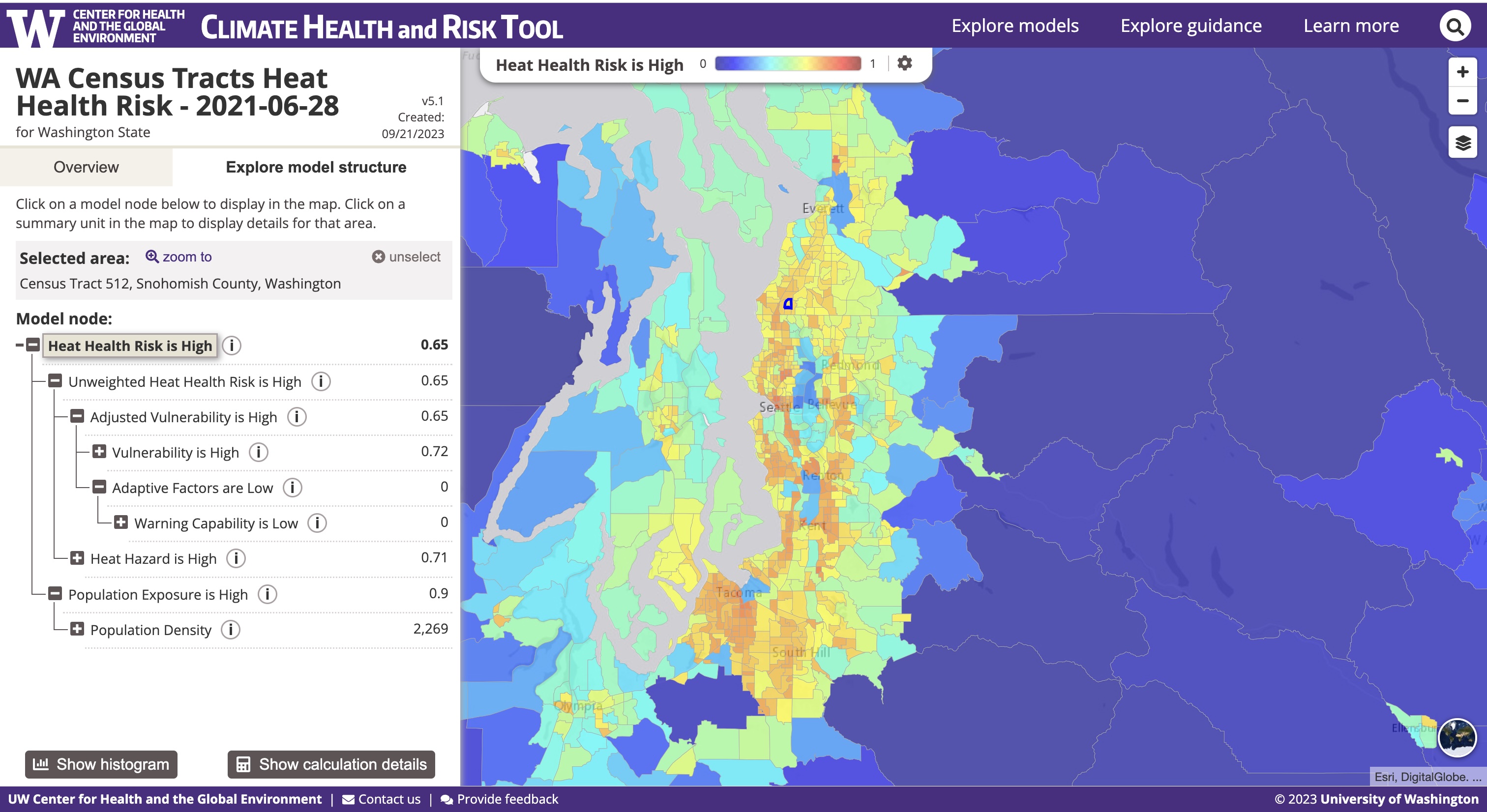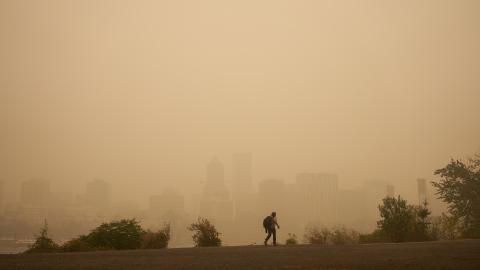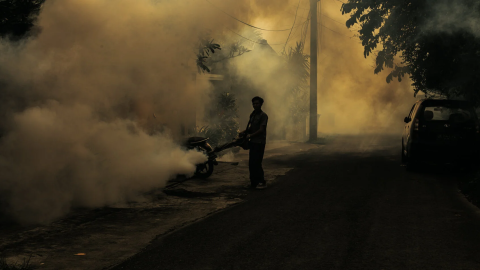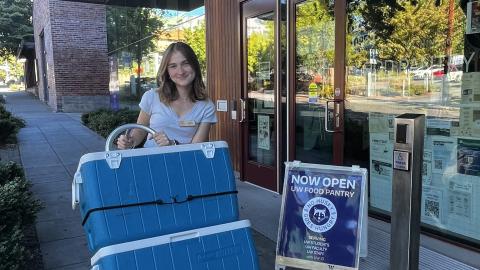Dr. Jeremy Hess, UW Department of Environmental & Occupational Health Sciences (DEOHS) professor and climate researcher, knows how prolonged heat exposure can impact the body. As an emergency room doctor working in Seattle during the 2021 heat dome event, he treated patients suffering from heat illness, renal failure and even third-degree burns.
Hess is also a lead author on multiple national and international climate assessments, including the recent Lancet Countdown on Health and Climate Change, and knows the problem does not lie solely in climate change, but in how to mitigate the health risks and protect communities from hazards and exposures related to climate change.

NIH grant for DEOHS to train, engage with risk reduction computer model
A new $3.8 million grant from the National Institutes of Health will establish the new Research and Engagement on Adaptation for Climate and Health (REACH) Center, located within the Center for Health and the Global Environment (CHanGE), of which Hess is the director. Funding for the new REACH Center includes a randomized trial to evaluate CHanGE’s Climate Health and Risk Tool (CHART) model involving 30 city and county health departments across the country. CHART allows users to input location, anticipated timeframe (current or future climate) and potential vulnerabilities (health, social, economic or environmental challenges). CHART then provides estimates of heat-related health risks at the census-tract level and suggests evidence-based ways to reduce this risk. For those living near an urban heat island, a long-term solution might be increasing the tree canopy, while a short-term solution could be installing a green roof or financial assistance for a heat pump. The level of detail for the user’s location is what sets the tool apart from others.

"It gives you much more granular information and links it up to standardized information about how to reduce those risks and what your options are. But it also tells you the best mix of options in a given place. What we're aspiring is for the platform to be a virtual heat officer,” said Hess.
Connecting community with resources and training
Joining Hess in the REACH Center is DEOHS Professor Kris Ebi. Additionally, Teaching Professor Tania Busch Isaksen and Assistant Teaching Professor Resham Patel will lead a community engagement core across Washington, Wyoming, Alaska, Montana and Idaho (known as the WWAMI region), and Associate Professor Nicole Errett will lead the training and technical assistance as well as the evaluation of the project. UW Department of Global Health Professor Kenny Sherr of Global Health is also an investigator on the project.
.png)
Future climate research at UW
From Hess’ perspective the 3-year grant and establishment of the REACH Center is the first step of many on the path of prioritizing human health as it relates to climate change.
“We're being outpaced by how quickly the climate is changing and how it's impacting people's health. At UW we have a lot of expertise on adaptation to climate, so this plays to our strengths. I'm excited that the NIH is on board with prioritizing intervention science,” said Hess.




